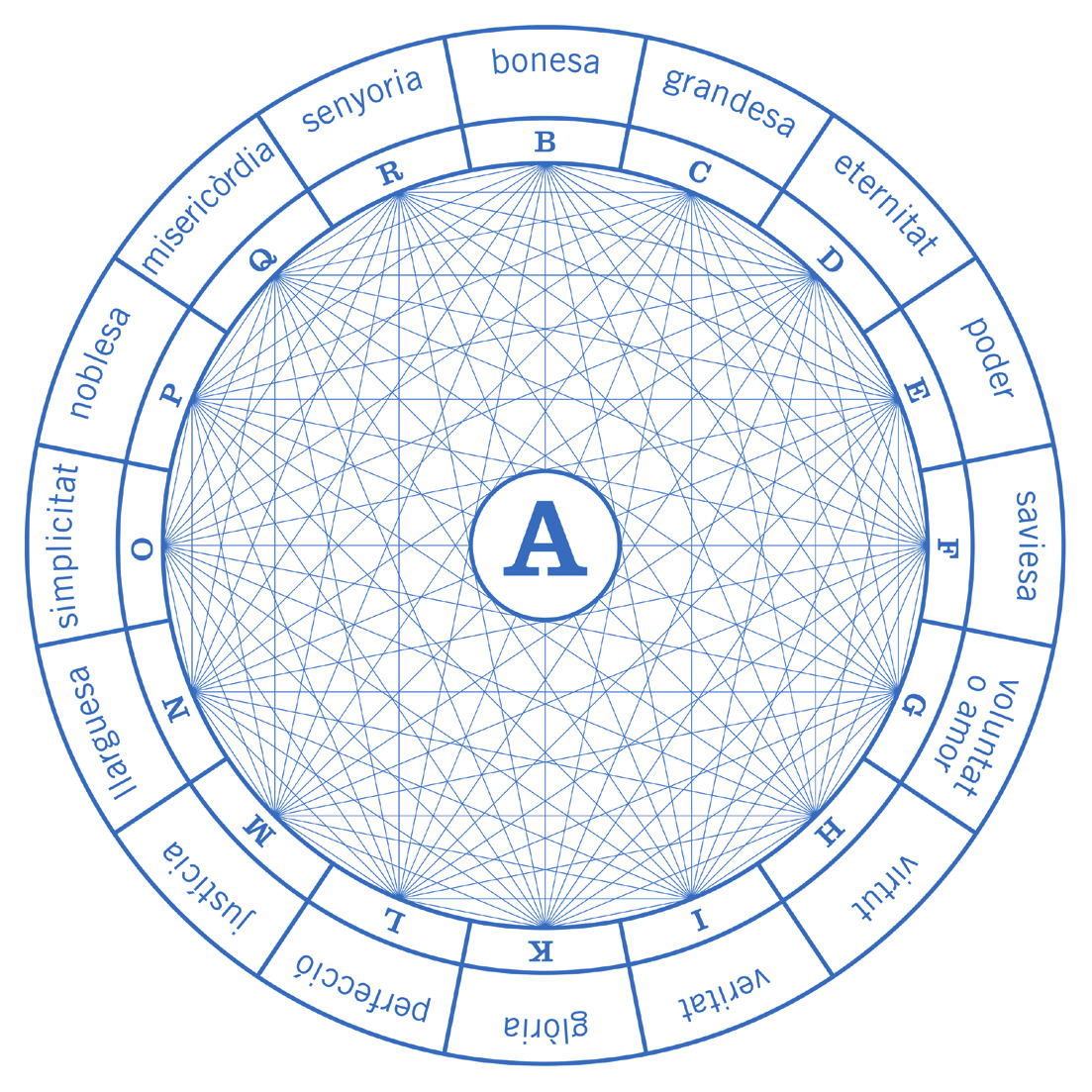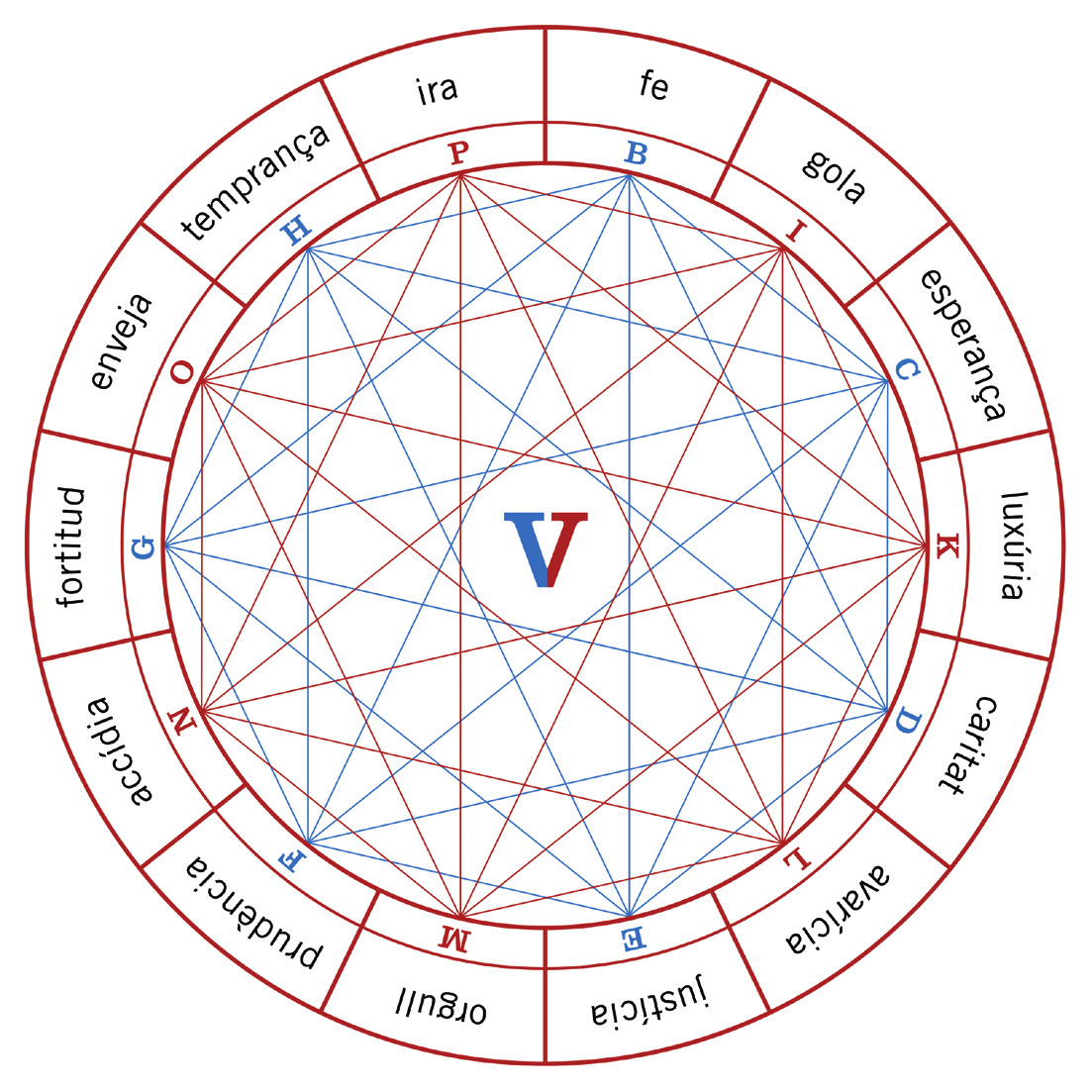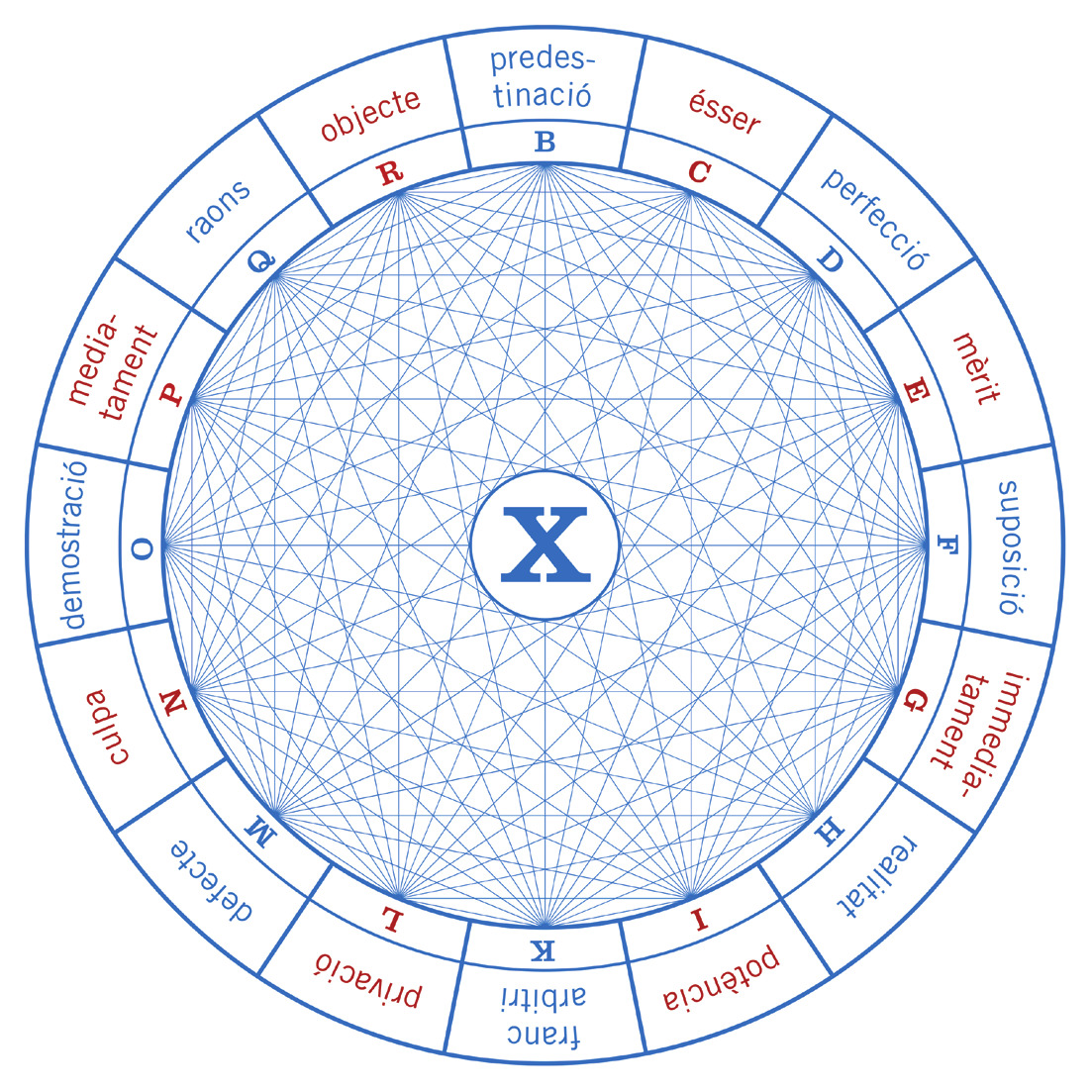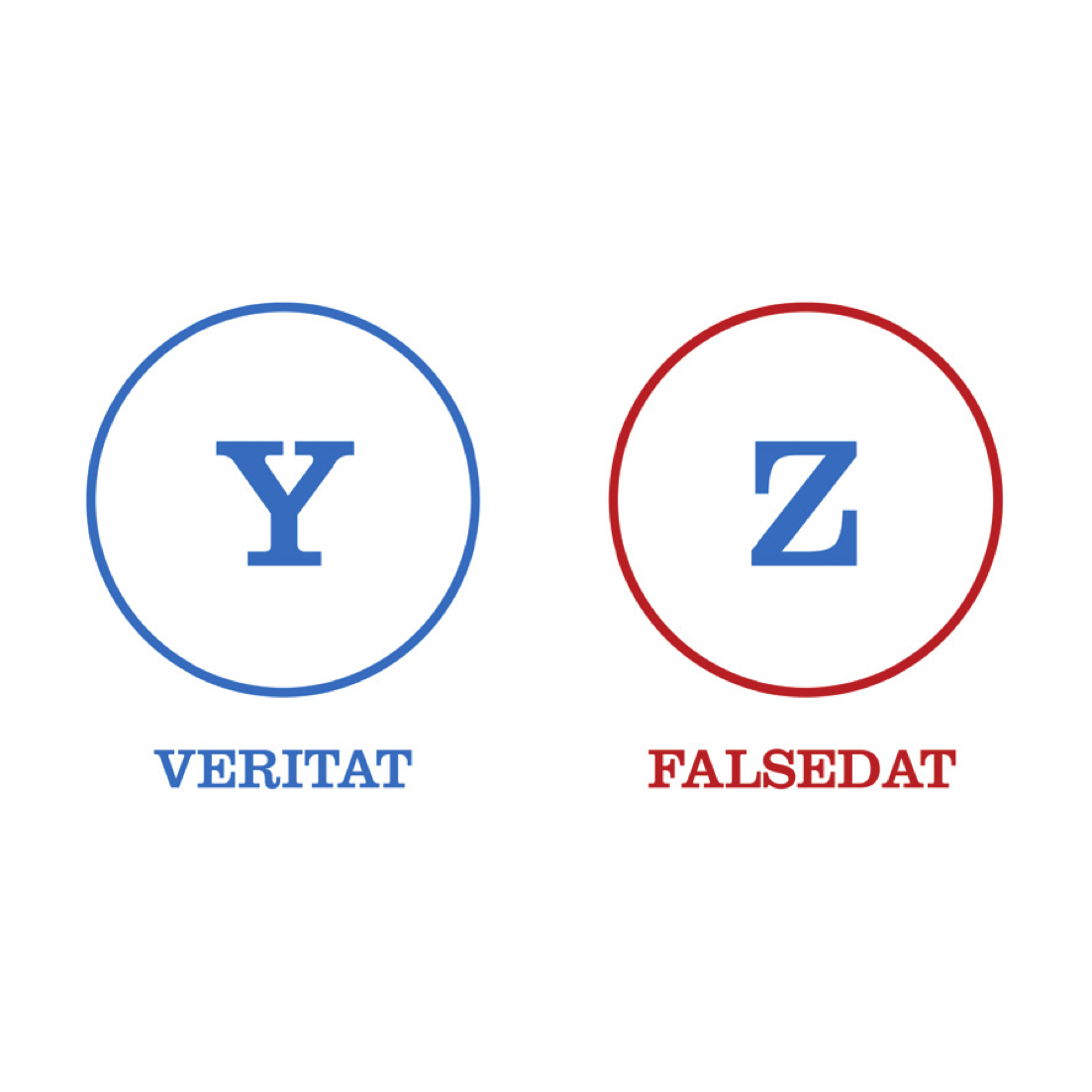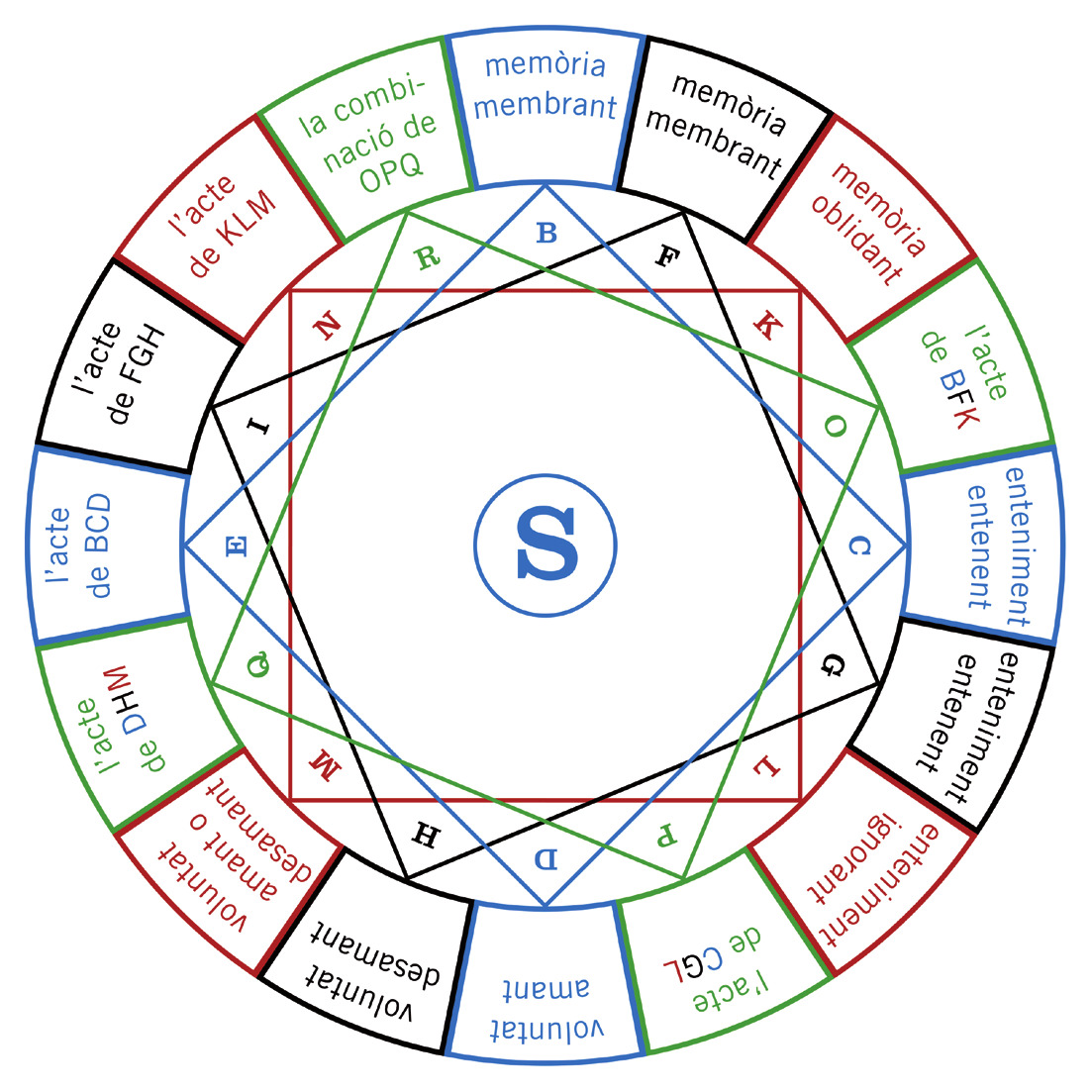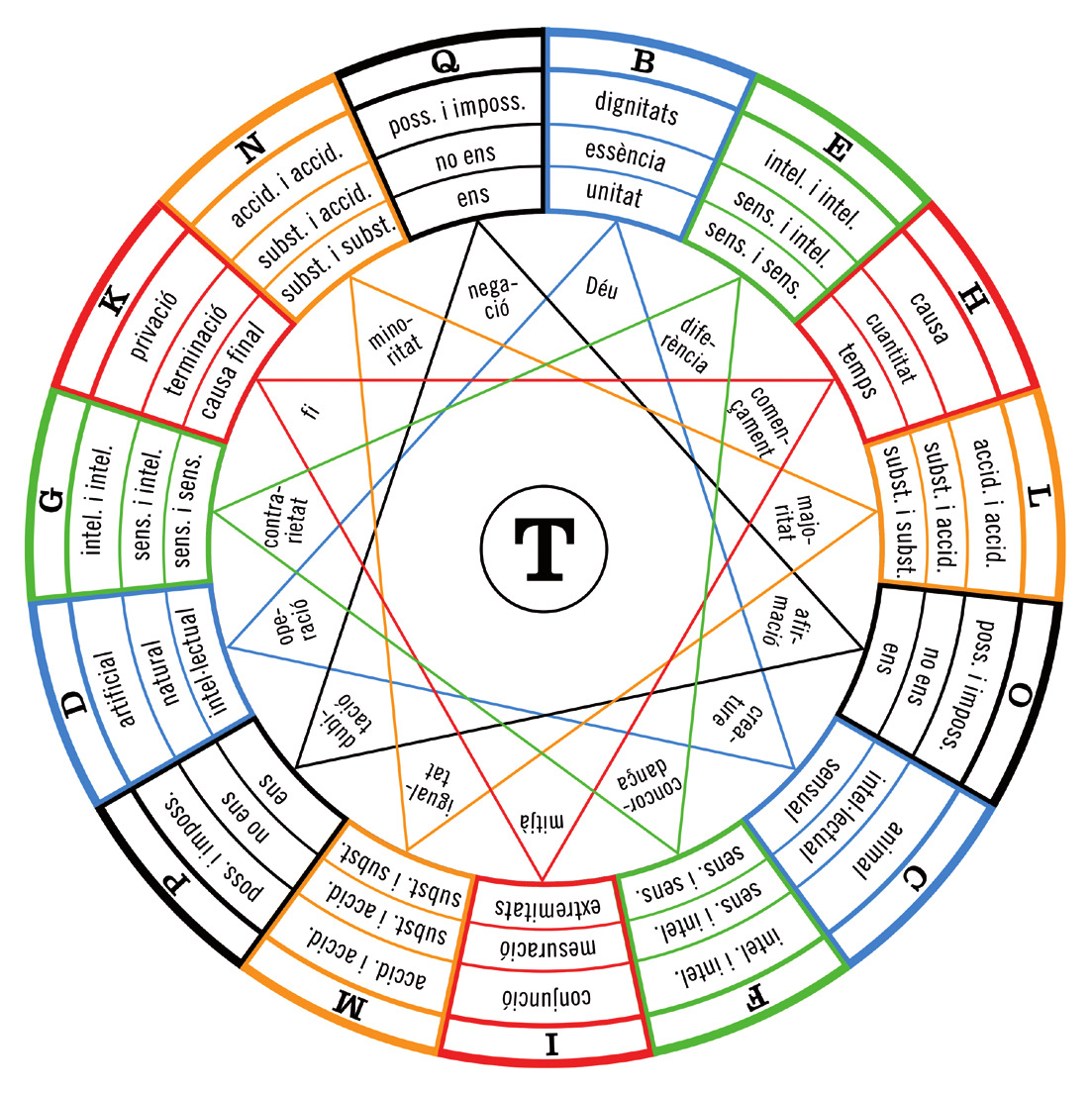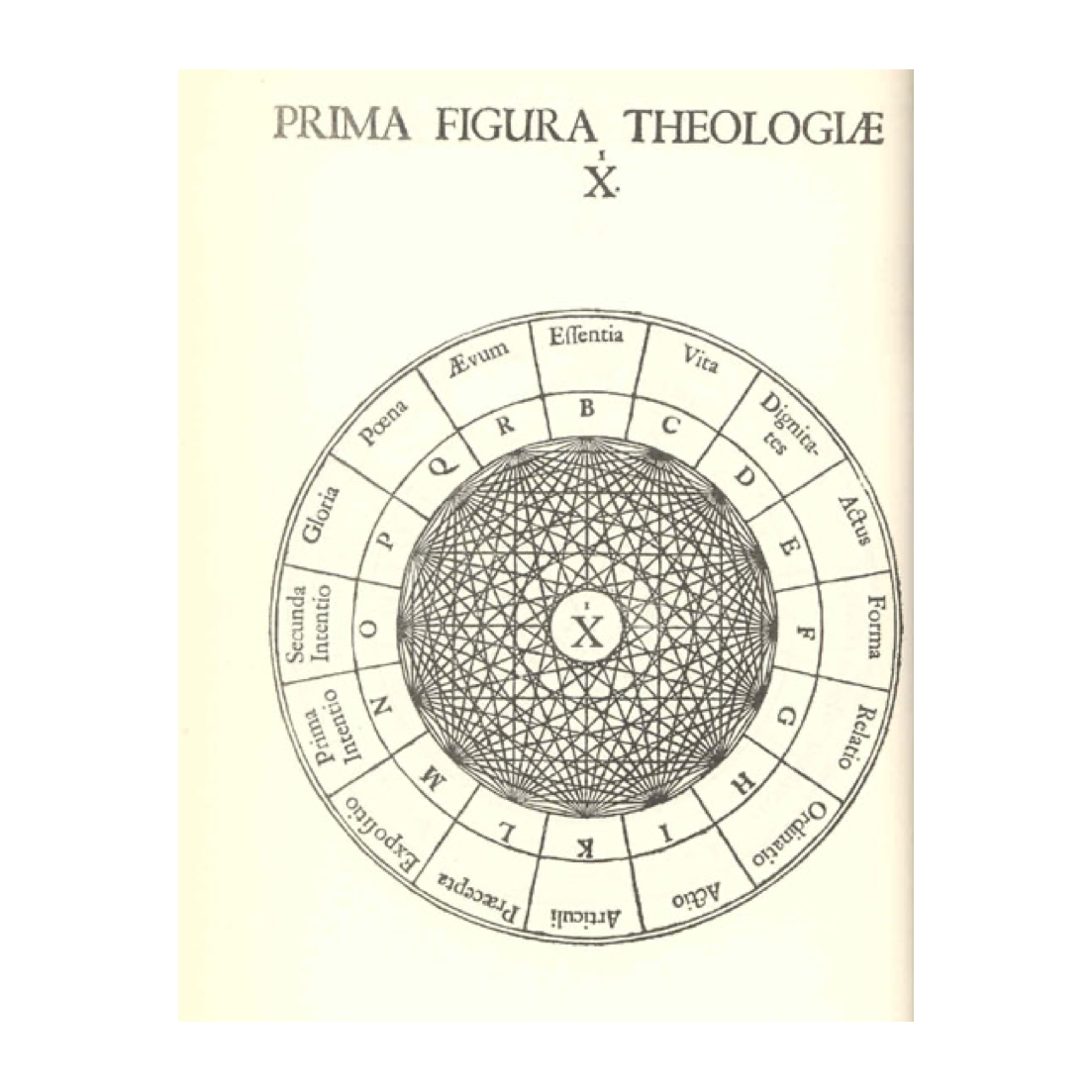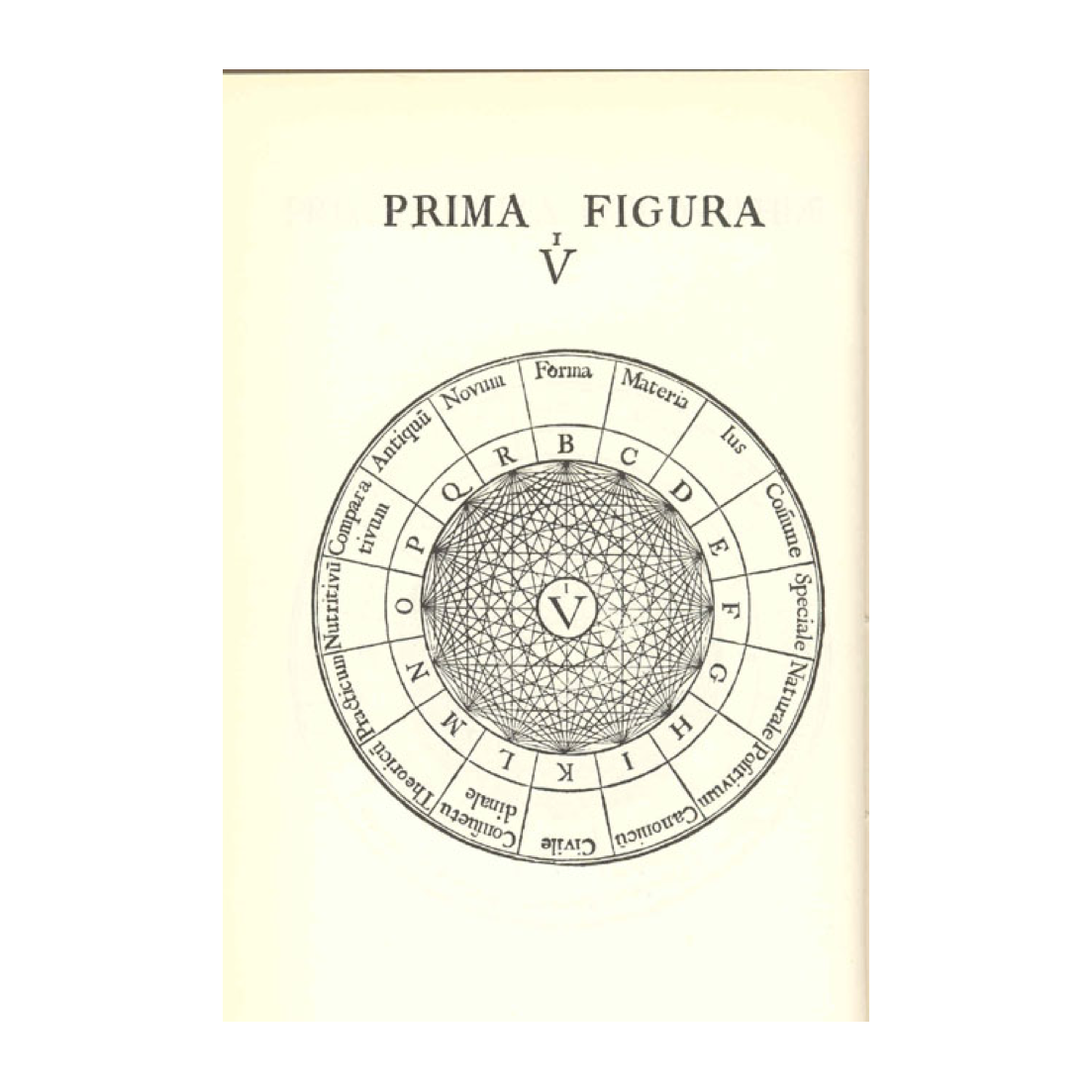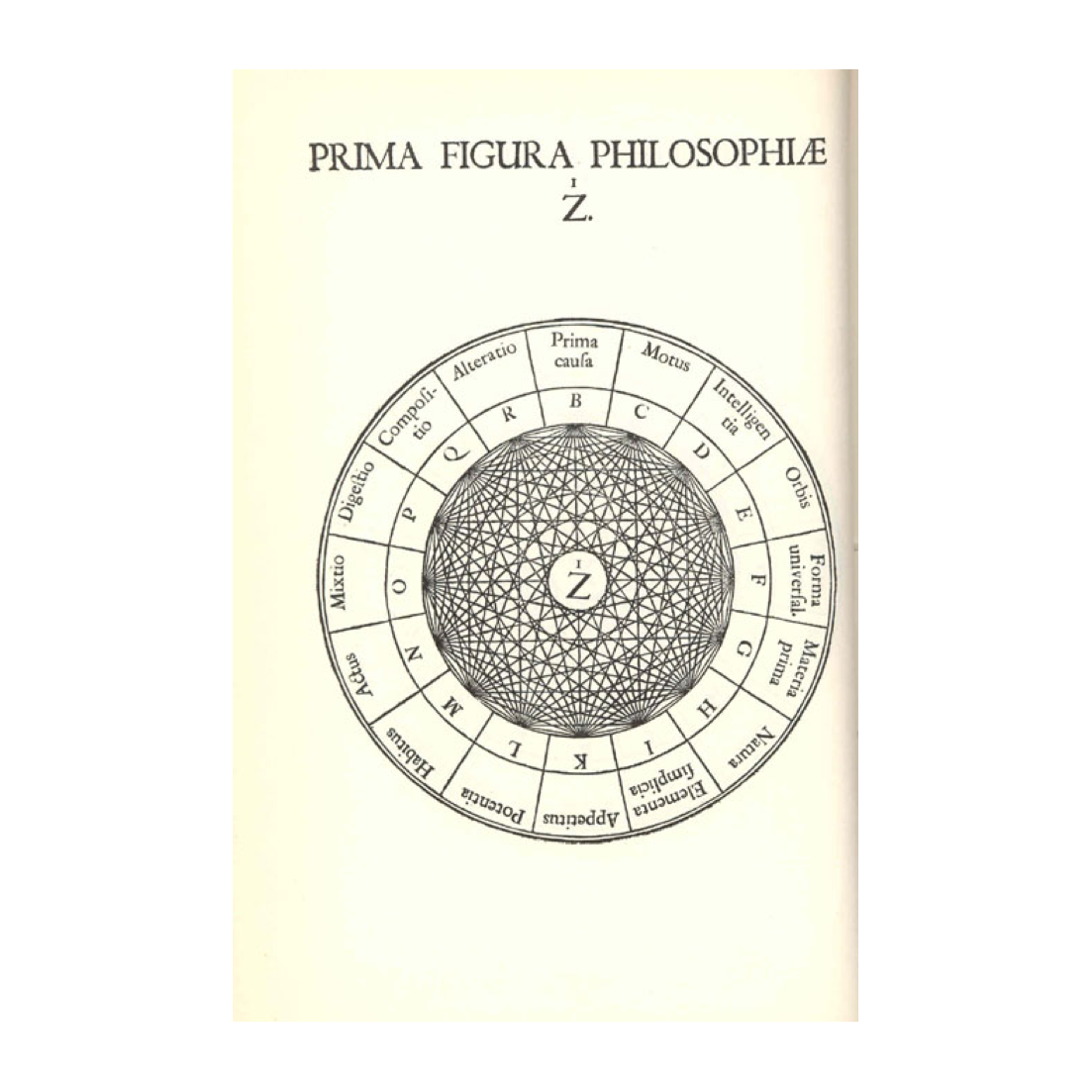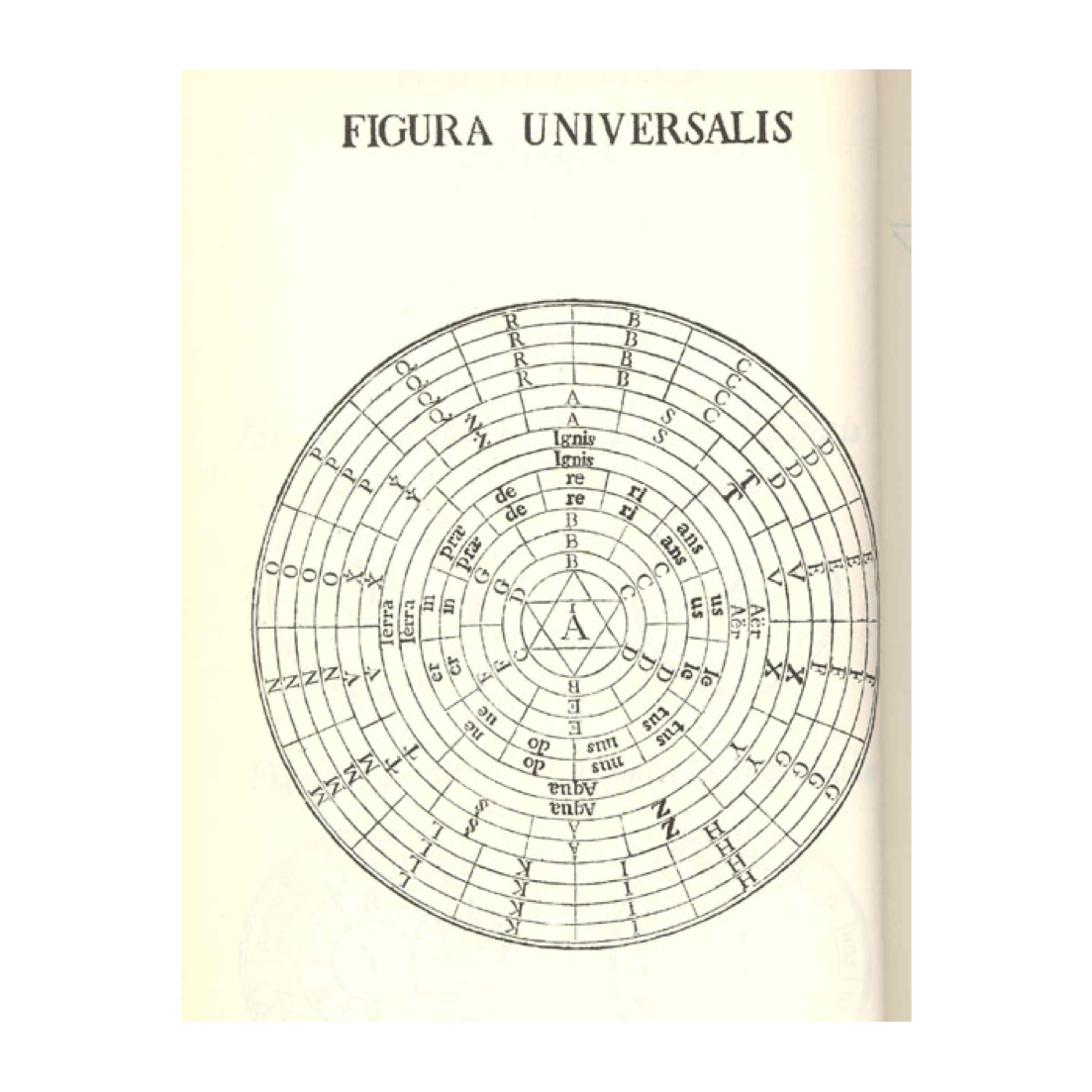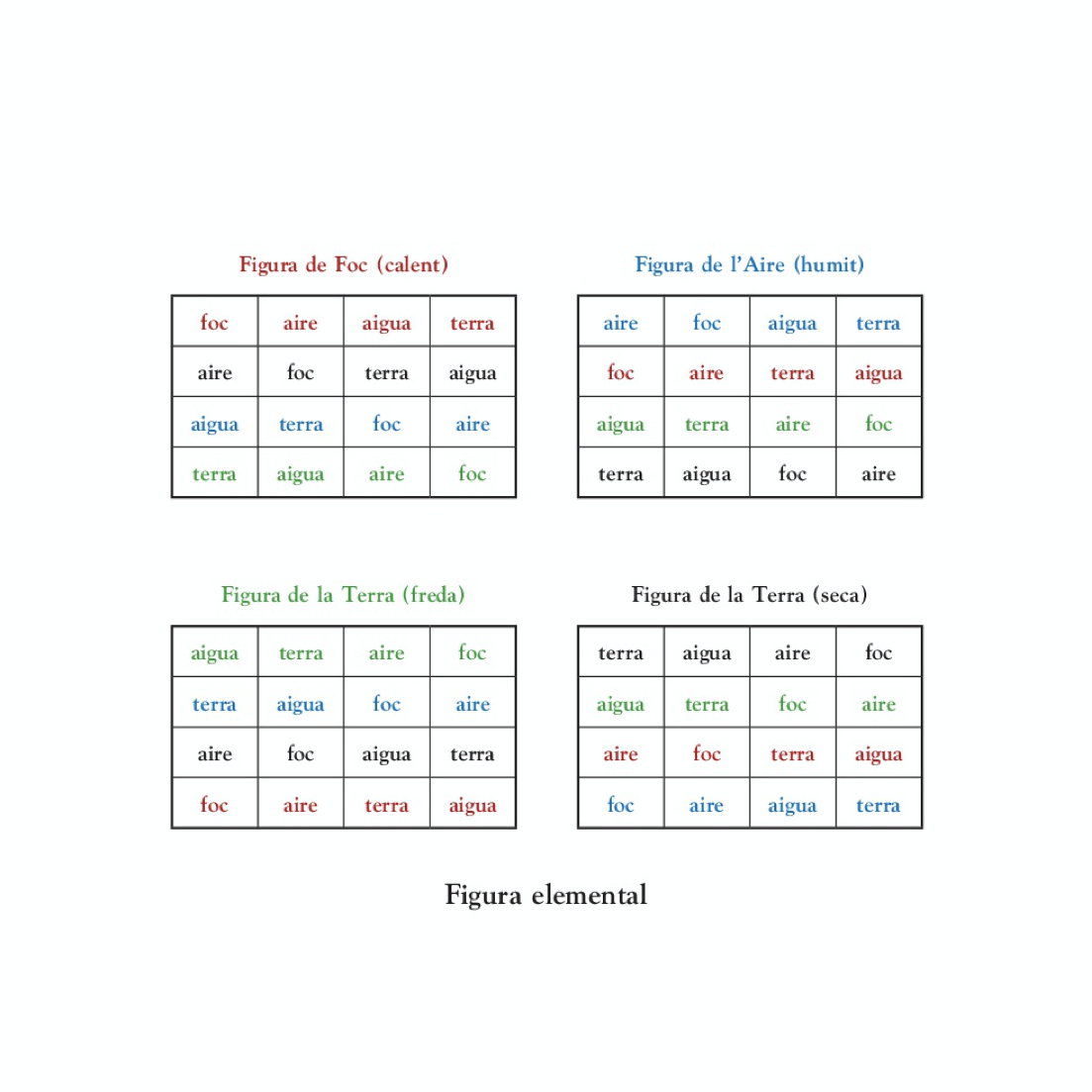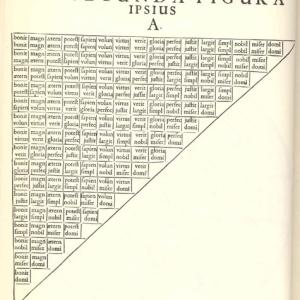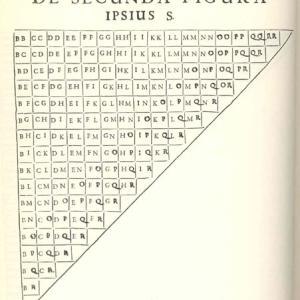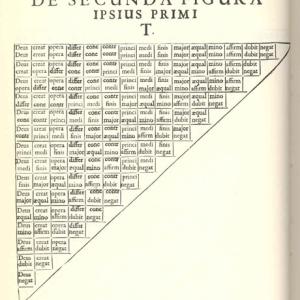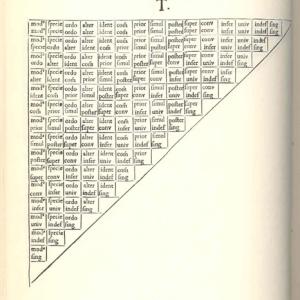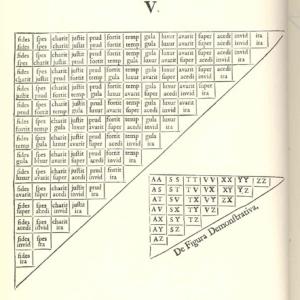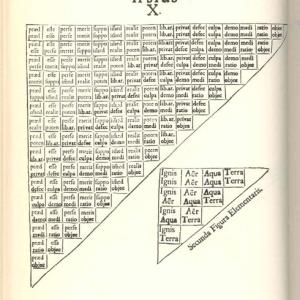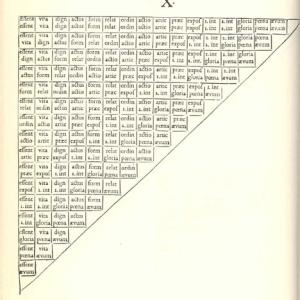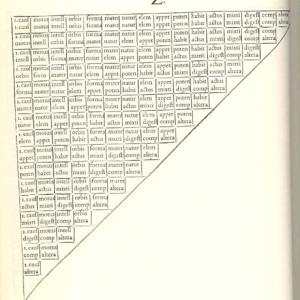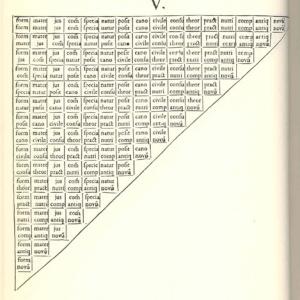- Introduction
- Context
- Life
- Thought
-
Works
- The multilingual nature of Llull's works
- Llull and the catalan language
- Diffusion and preservation
- Book of Contemplation
- Book of the Gentile
- Book of the Order of Chivalry
- Doctrina pueril
- Romance of Evast and Blaquerna
- Book of the Lover and the Beloved
- Ars demonstrativa
- Felix or the Book of Wonders
- Book of the Beasts
- Desconhort
- Tree of Science
- Exemplary Tree
- Cant de Ramon
- Rhetorica nova
- Logica nova
- Liber de fine
- Ars brevis
- Phantasticus
- Ars brevis praedicationis
- Gallery of images
- Database / Dictionary
Ars demonstrativa
This work was the second version of the Art, and revised and completed the Ars compendiosa inveniendi veritatem (1274). It belongs to the second stage of the first of the Art’s phases and was composed in Montpellier in 1283. The work comes accompanied by Figures and an Alphabet; the former are graphic symbols which make the structural components of the Art visible and facilitate the operation of the combinatorial mechanisms and the calculations.
‘Primary’ Figures
The Ars demonstrativa contains 12 ‘primary’ figures, which Llull designates by letters. Except for the Elemental Figure, they are all circular and carry words inscribed around their circumference. The diametrical lines indicate the binary combinations of the concepts in question.
‘Secondary’ Figures
Alongside the twelve ‘Primary’ Figures, the Ars demonstrativa includes ten ‘Secondary’ Figures.
The ‘Secondary’ Figures have a triangular form and are tables of all the possible binary combinations of the concept from the ‘Primary’ figures.
Parts of the work
The Ars demonstrativa has four parts or distinctions, of which the final part is a list of questions relating to the preceding parts, accompanied by their corresponding solutions in symbolic notation.
- The first distinction gives a detailed description of the figures.
- The second distinction expounds the ‘conditions’ of the Art, in other words, the mechanisms which enable the reader to obtain information on the basis of the principles from Figures A V X, with a view to discovering the truth or falsity (Figures Y Z), by using Figures T and S, which establish relationships, from within or externally, between the principles. Learning to handle these tools signifies the discovery of the potential for the meaning hidden in the binary combinations.
- The third distinction offers sixteen modes, or rather, sixteen applications for the mechanisms of the Art, which are: remembering, understanding, loving, believing, contemplating, finding (=discovering), ordering (=directing), preaching, expounding (=interpreting), resolving, judging, showing (=demonstrating), disputing, advising, accustoming (=acquiring good habits), curing (=healing).
